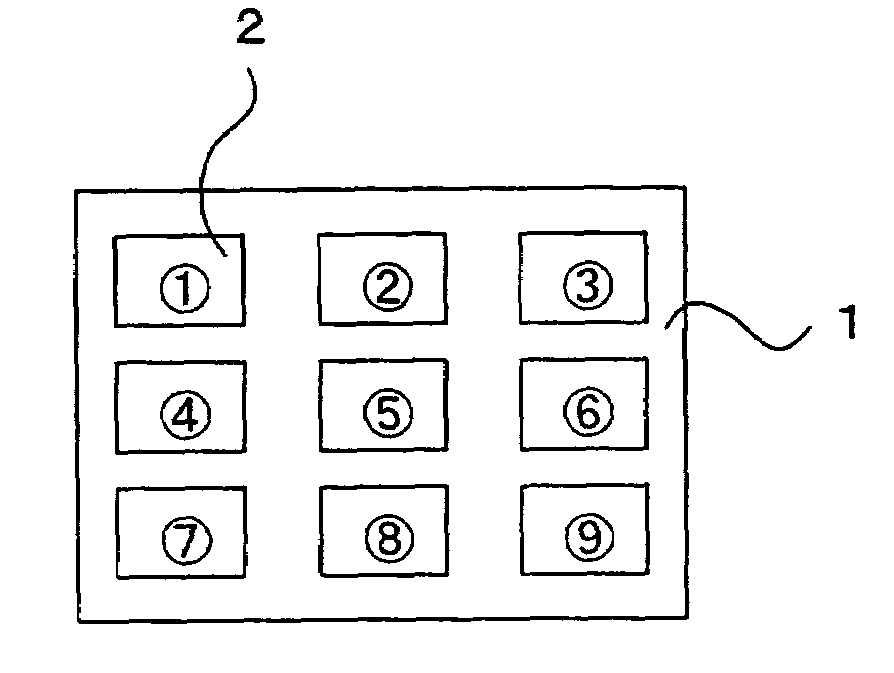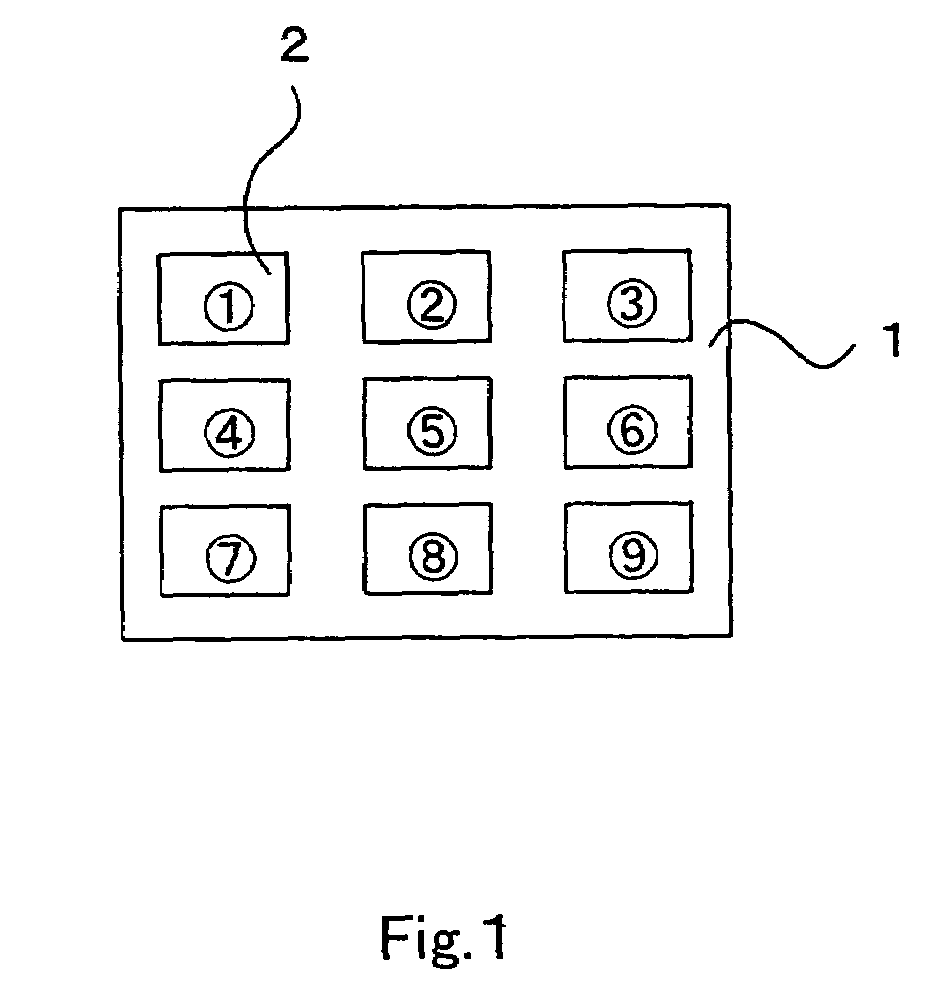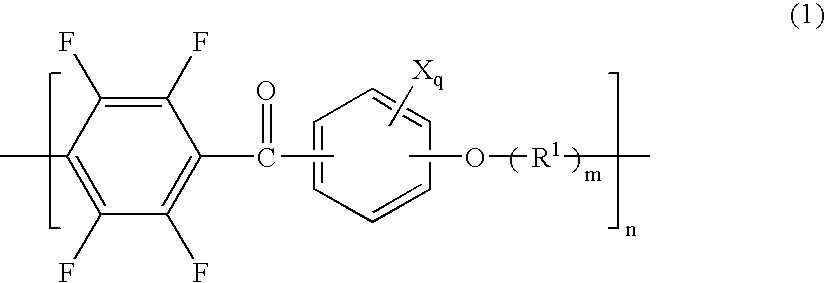Birefringent optical film, elliptically polarizing plate using the same, and liquid crystal display using the same
a technology of elliptically polarizing plate and optical film, which is applied in the direction of polarising elements, thin material processing, instruments, etc., can solve the problems of insufficient rth, insufficient rth of single film, and inability to provide rth, so as to reduce the photoelastic coefficient
- Summary
- Abstract
- Description
- Claims
- Application Information
AI Technical Summary
Benefits of technology
Problems solved by technology
Method used
Image
Examples
example 1
[0123]Polyimide of Mw=133,000, which was synthesized from 2,2-bis(3,4-dicarboxyphenyl)hexafluoropropane dianhydride (6FDA) and 2,2′-bis(trifluoromethyl)-4,4′-diaminobiphenyl (PFMB or TFMB), was dissolved in ethyl acetate so as to prepare a 15 wt % solution. The solution was coated on a thermoplastic polymer base 120 μm in thickness (trade name: Acryplen manufactured by Mitsubishi Rayon Co., Ltd.), and subsequently dried at 70° C., thereby obtaining a birefringent optical film of a laminate having an optical anisotropy of nx=ny>nz. In a measurement, the polymer base had a photoelastic coefficient of −3×10−8 cm2 / N, while the 6FDA-PFMB layer (thickness d=7 μm) had a photoelastic coefficient of 98×1031 8 cm2 / N. Therefore, a calculated value of Σ (Cn×Wn) of the thus obtained birefringent optical film was 2.6×10−8 cm2 / N, and a measured value of the photoelastic coefficient of the same optical film was 5×10−8 cm2 / N. In the 6FDA-PFMB layer, Δnd was 0.5 nm, Rth was 266 nm, and Δnxz (=nx−nz) ...
example 2
[0124]A polyimide solution of Example 1 was coated on a thermoplastic polymer base 120 μm in thickness (trade name: Acryplen manufactured by Mitsubishi Rayon Co., Ltd.), and subsequently stretched uniaxially by 6% in the longitudinal direction while being dried at 100° C. so as to obtain a birefringent optical film of a laminate having an optical anisotropy of nx>ny>nz. In a measurement, the polymer base had a photoelastic coefficient value of −3×10−8 cm2 / N, and the thickness was 119 μm. The 6FDA-PFMB layer had a photoelastic coefficient of 98×10−8 cm2 / N, and the thickness was 5.7 μm. Therefore, a calculated value of Σ (Cn×Wn) of the thus obtained birefringent optical film was 1.6×10−8 cm2 / N, and a measured value of the photoelastic coefficient of the same optical film was 3×10−8 cm2 / N. In the 6FDA-PFMB layer, Δnd was 53 nm, Rth was 245 nm, and Δnxz was 0.043.
example 3
[0125]A polyimide solution of Example 1 and a thermoplastic polymer of Example 1 (trade name: Acryplen manufactured by Mitsubishi Rayon Co., Ltd.) were dissolved in a ratio of 1:8 in methyl isobutyl ketone so as to prepare a 30 wt % of polymer mixture solution. This solution was coated on a PET film, dried at 150° C., and subsequently peeled off from the PET film so as to obtain a birefringent optical film having a thickness of 50 μm. The polyimide had a photoelastic coefficient of 98×10−8 cm2 / N, and the thermoplastic polymer had a photoelastic coefficient of −3×10−8 cm2 / N. Therefore, Σ (Cn×Wn) of the thus obtained birefringent optical film was 8.2×10−8 cm2 / N, and a measured value of a photoelastic coefficient of the same optical film was 10×10−8 cm2 / N, where Δnd was 2 nm and Rth was 190 nm.
PUM
 Login to View More
Login to View More Abstract
Description
Claims
Application Information
 Login to View More
Login to View More - R&D
- Intellectual Property
- Life Sciences
- Materials
- Tech Scout
- Unparalleled Data Quality
- Higher Quality Content
- 60% Fewer Hallucinations
Browse by: Latest US Patents, China's latest patents, Technical Efficacy Thesaurus, Application Domain, Technology Topic, Popular Technical Reports.
© 2025 PatSnap. All rights reserved.Legal|Privacy policy|Modern Slavery Act Transparency Statement|Sitemap|About US| Contact US: help@patsnap.com



